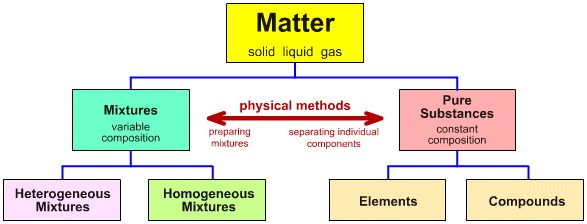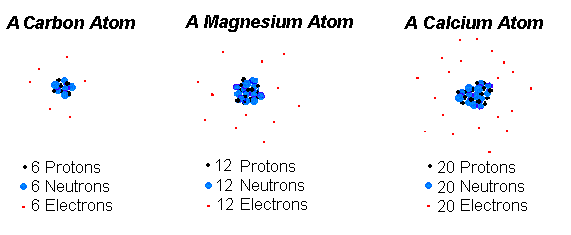Nuclear Weapon Effects
A nuclear detonation creates a severe environment including blast, thermal pulse, neutrons, x- and gamma-rays, radiation, electromagnetic pulse (EMP), and ionization of the upper atmosphere. Depending upon the environment in which the nuclear de-vice is detonated, blast effects are manifested as ground shock, water shock, “blueout‘, cratering, and large amounts of dust and radioactive fallout. All pose problems for the survival of friendly systems and can lead to the destruction or neutralization of hostile assets.
The energy of a nuclear explosion is transferred to the surrounding medium in three distinct forms: blast; thermal radiation; and nuclear radiation. The distribution of energy among these three forms will depend on the yield of the weapon, the location of the burst, and the characteristics of the environment. For a low altitude atmospheric detonation of a moderate sized weapon in the kiloton range, the energy is distributed roughly as follows:
-50% as blast;
-35% as thermal radiation; made up of a wide range of the electromagnetic spectrum, including infrared, visible, and ultraviolet light and some soft x-ray emitted at the time of the explosion; and
-15% as nuclear radiation; including 5% as initial ionizing radiation consisting chiefly of neutrons and gamma rays emitted within the first minute after detonation, and 10% as residual nuclear radiation. Residual nuclear radiation is the hazard in fallout.Considerable variation from this distribution will occur with changes in yield or location of the detonation.
Because of the tremendous amounts of energy liberated per unit mass in a nuclear detonation, temperatures of several tens of million degrees centigrade develop in the immediate area of the detonation. This is in marked contrast to the few thousand degrees of a conventional explosion. At these very high temperatures the nonfissioned parts of the nuclear weapon are vaporized. The atoms do not release the energy as kinetic energy but release it in the form of large amounts of electromagnetic radiation. In an atmospheric detonation, this electromagnetic radiation, consisting chiefly of soft x-ray, is absorbed within a few meters of the point of detonation by the surrounding atmosphere, heating it to extremely high temperatures and forming a brilliantly hot sphere of air and gaseous weapon residues, the so-called fireball. Immediately upon formation, the fireball begins to grow rapidly and rise like a hot air balloon. Within a millisecond after detonation, the diameter of the fireball from a 1 megaton (Mt) air burst is 150 m. This increases to a maximum of 2200 m within 10 seconds, at which time the fireball is also rising at the rate of 100 m/sec. The initial rapid expansion of the fireball severely compresses the surrounding atmosphere, producing a powerful blast wave.
As it expands toward its maximum diameter, the fireball cools, and after about a minute its temperature has decreased to such an extent that it no longer emits significant amounts of thermal radiation. The combination of the upward movement and the cooling of the fireball gives rise to the formation of the characteristic mushroom-shaped cloud. As the fireball cools, the vaporized materials in it condense to form a cloud of solid particles. Following an air burst, condensed droplets of water give it a typical white cloudlike appearance. In the case of a surface burst, this cloud will also contain large quantities of dirt and other debris which are vaporized when the fireball touches the earth's surface or are sucked up by the strong updrafts afterwards, giving the cloud a dirty brown appearance.
The dirt and debris become contaminated with the radioisotopes generated by the explosion or activated by neutron radiation and fall to earth as fallout.
Instead making a graphic organizer to explain the C-E of the nuclear weapons, I´ve decided to put on the post an educational video that shows the effects of the nuclear weapons utilization:
The relative effects of blast, heat, and nuclear radiation will largely be determined by the altitude at which the weapon is detonated. Nuclear explosions are generally classified as air bursts, surface bursts, subsurface bursts, or high altitude bursts.

